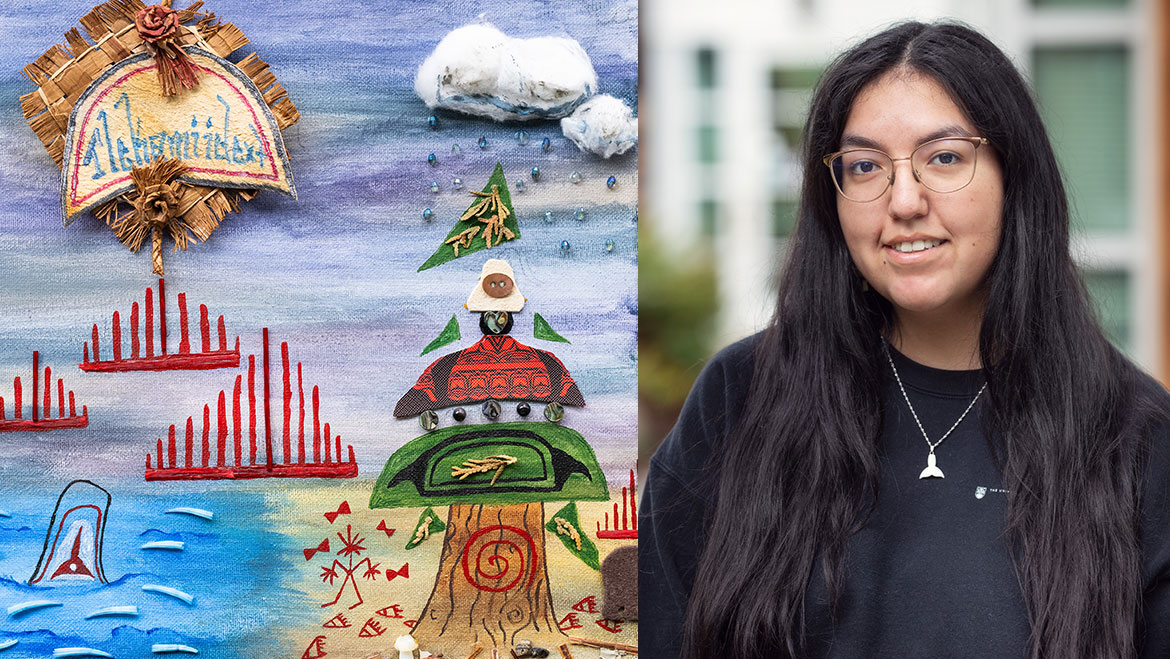Honorary Research Associate, Kate Kingsbury has contributed a chapter in the newly released collection “Religion, Death & the Senses (Equinox Publishing, 2024).
Kingsbury’s chapter is titled: Images of Death and their Metamorphosis: From The Grim Reaper to Santa Muerte.
Chapter Description:
In the Western world images of death have overwhelming arisen from Medieval European Catholic culture. Death anthropomorphized in the form of a human skeleton first appears in the fourteenth century when the Black Plague sent approximately a third of Europeans to an early grave. In this context emerges the figure of the Grim Reaper, a skeleton wielding a scythe to harvest not wheat but human souls.
While the Grim Reaper eventually became the iconic personification of death in the West, other skeletal representations of mortality emerged from Catholic cultures both in Europe and the Americas. In this chapter, we will explore through iconic imagery, the major personifications of death that have been imagined in Catholic cultures and touch upon the gender of death in art and icons.
Since Catholic depictions of anthropomorphic death originated in Western Europe, we will first examine the main personifications of mortality there. The Reaper and his female Mediterranean counterpart, la Parca. How did death come to be visualised as a reaper and why in male form in northern countries and female in the Mediterranean? Not long after the emergence of the Reaper, Catholic artists and thespians began to depict death in similar skeletal form but with bare bones. La Danse Macabre appeared in the visual arts and morality plays in which actors, dressed as skeletons led the mortals of flesh and blood to their graves.
Here we will focus on the leitmotif of these symbolic images which conveyed to Catholics the message of memento mori and served as a sign of societal levelling in which all meet the same end no matter their social status. Traversing the Atlantic to Catholic Latin America, conquered and colonized by the Iberians, we examine how images of death were transmuted in the New World, combining with Indigenous iconography and eschatology. Three regional folk saints of death, as we describe, resulted from the symbolic and cultural syncretism of the Spanish Grim Reapers and Indigenous death deities. Returning to question of gender, we will analyse the unique female personification of death, Mexican Santa Muerte, and her two male cousins, Argentine San la Muerte and Guatemalan Rey Pascual.
About Religion, Death & the Senses


Each sense section comprises two chapters to provide differing examples of how death and dying can be viewed through the lens of human physical and cultural senses. Chapters include historical and contemporary examples of ways in which death, dying and grieving are inextricable from their physical sensual expressions and socio-cultural mores.
Most books about death explore how death can be theorised, theologised and philosophised, or attend to the particular needs of health professionals working in palliative or pastoral care, with little attention to how people engage with and attend to death, dying and grief sensually. The uniqueness of this collection lies in two areas. Firstly, its deep engagement with a range of physical and socio-cultural sensual responses to death and dying. Secondly, through its contributors who are drawn from a spectrum of professional, practical and theoretical expertise and scholarship in fields that continue to redefine our understanding of mortality.


